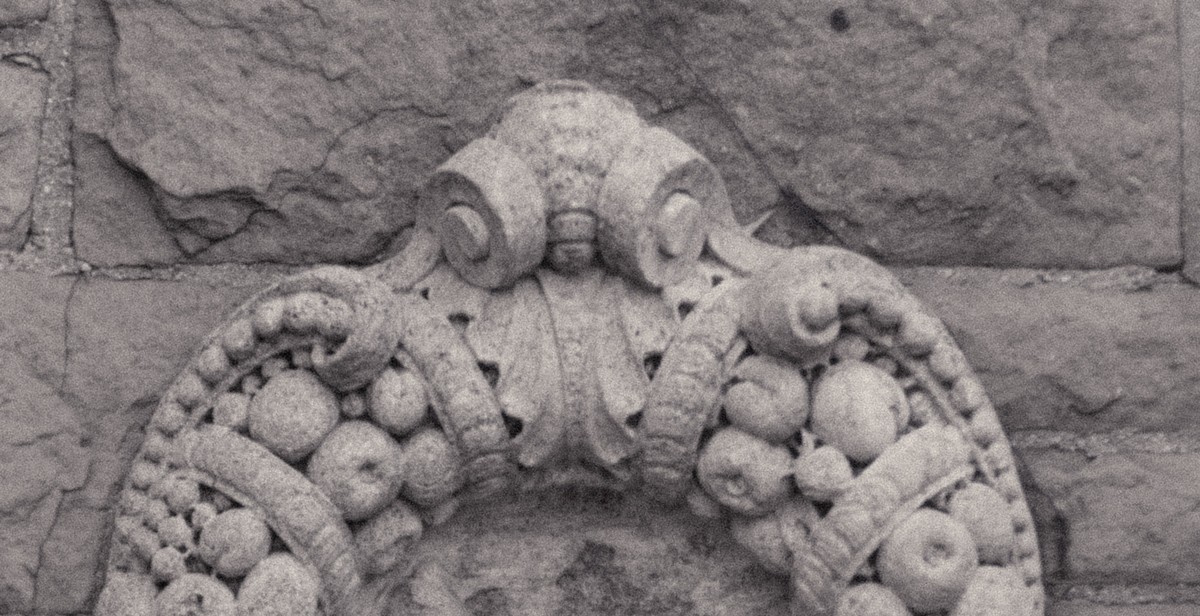What is the difference between a cameo and an intaglio?
When it comes to jewelry and art, the terms “cameo” and “intaglio” are often used interchangeably. However, they are actually two distinct techniques with different characteristics and histories. Understanding the difference between a cameo and an intaglio can help you appreciate the beauty and craftsmanship of these art forms.
Cameo
A cameo is a type of jewelry or decorative object that features a raised design on a flat background. The design is usually a portrait or a scene with intricate details and shading. Cameos are typically made from materials such as shell, stone, or glass, and the design is often carved by hand with special tools. Some cameos are also made using a casting process.
Intaglio
Intaglio, on the other hand, is a technique that involves carving a design into a flat surface, such as a gemstone or a piece of metal. The resulting design is engraved or etched into the surface, creating a recessed image with intricate details and texture. Intaglio was used in ancient times to create seals and signet rings, and it is still used today in high-end jewelry and art.
- Cameo features a raised design on a flat background
- Intaglio involves carving a design into a flat surface
Overall, both cameo and intaglio are beautiful and intricate art forms that require skill and craftsmanship. By understanding the difference between the two, you can appreciate the unique qualities of each and the history and culture behind them.

What is a Cameo?
A cameo is a type of jewelry that features a raised image or design on a contrasting background. The image is typically carved from a gemstone, such as agate, onyx, or shell, and the background is left in its natural state. The result is a beautiful, three-dimensional work of art that can be worn as a brooch, pendant, or other piece of jewelry.
History of Cameos
The art of cameo carving dates back to ancient times, with some of the earliest examples believed to be from the Hellenistic period in Greece. The ancient Romans also produced cameos, often depicting scenes from mythology or portraits of famous individuals. During the Renaissance, cameos experienced a resurgence in popularity, with many artists creating intricate designs that showcased their skills.
Throughout history, cameo carving has been a highly regarded art form, with skilled craftsmen creating intricate designs that showcase the natural beauty of the gemstone. Today, cameos are still highly prized for their beauty and craftsmanship, and they continue to be a popular choice for jewelry collectors and enthusiasts.
Types of Cameos
There are several types of cameos, each with its own unique characteristics and style.
- Classical Cameos: These cameos depict scenes from mythology or famous individuals from history, such as Julius Caesar or Cleopatra.
- Portrait Cameos: These cameos feature a portrait of an individual, often a loved one or a famous figure from history.
- Modern Cameos: These cameos are created using modern techniques and may feature contemporary designs or images.
Cameos can be made from a variety of materials, including shell, agate, onyx, and even glass. The choice of material often depends on the desired effect and the skill of the craftsman. Regardless of the material used, however, cameos are always a beautiful and timeless piece of jewelry.

What is an Intaglio?
An intaglio is a type of jewelry or artwork that is created by carving or engraving a design into a flat surface. This technique is often used on gemstones, such as agate, onyx, or sardonyx, but can also be used on metal or glass.
Definition
The word “intaglio” comes from the Italian word “intagliare,” which means “to engrave.” Intaglios are created by carving a design into the surface of a material, rather than by adding material to the surface, as is done with a cameo. The resulting design is then usually filled with ink or paint, so that the engraved lines stand out.
History
The art of intaglio carving dates back thousands of years. The ancient Egyptians, Greeks, and Romans all created intaglios, often using them as seals or amulets. During the Renaissance, intaglio carving became a popular art form, and many famous artists, such as Albrecht Dürer, created intaglio prints. Today, intaglios are still created by artists and jewelers around the world.
Types of Intaglios
There are several different types of intaglios, each with its own unique characteristics:
- Hardstone intaglios: These are intaglios that are carved into gemstones, such as agate, onyx, or sardonyx. The color of the stone is often used to create contrast within the design.
- Glass intaglios: These are intaglios that are carved into glass. They are often used as imitations of hardstone intaglios.
- Metal intaglios: These are intaglios that are carved into metal, such as gold or silver. The design is often filled with enamel or paint to make it stand out.
- Printed intaglios: These are intaglio designs that have been printed onto paper or other materials. They are often created using a printing press.
Intaglios are often used in jewelry, such as rings, pendants, or cufflinks. They can also be used to create decorative objects, such as paperweights or desk accessories. In addition, intaglios are sometimes used in architecture, such as on the facades of buildings or in stained glass windows.

Difference between a Cameo and an Intaglio
When it comes to fine jewelry, there are two popular techniques used for creating decorative designs on precious stones – cameo and intaglio. Although both techniques involve carving into the surface of a gemstone, there are significant differences between the two. Here are the main differences between a cameo and an intaglio:
Technique
The main difference between cameo and intaglio is the technique used to create the design. A cameo is a carving technique where a design is carved in relief, meaning that the design is raised above the surface of the stone. This is usually done on materials with two layers of contrasting colors, such as shell, agate, or onyx. The artist carves away the top layer to reveal the contrasting layer underneath, creating a design that appears to be floating on the surface of the stone.
On the other hand, intaglio is a carving technique where the design is cut into the surface of the stone, creating an image that is recessed below the surface. This technique is usually done on materials like quartz, amethyst, or carnelian, which have a single layer of color. The artist carves into the surface of the stone, creating an image that appears to be cut into the stone itself.
Appearance
The appearance of a cameo and an intaglio is also quite different. A cameo has a raised design that appears to be floating on the surface of the stone. The design is usually quite intricate and detailed, with a high level of skill required to create the desired effect. Cameos are often used as centerpieces in jewelry pieces, such as brooches or pendants.
Intaglio, on the other hand, has a recessed design that appears to be cut into the stone. The design is often simpler than a cameo, but still requires a high level of skill to create a clean and precise image. Intaglio is often used as a decorative element in signet rings or other pieces of jewelry where the design is meant to be subtle.
Use
Both cameo and intaglio have been used for centuries to create decorative designs on precious stones. Cameos have been popular since ancient times, with some of the most famous examples dating back to the Roman Empire. They were often used as signifiers of wealth and status, and were also given as gifts to mark special occasions.
Intaglio, on the other hand, has a long history as a decorative element in signet rings. Signet rings were used in ancient times to seal important documents or letters, and the intaglio design on the ring would leave an impression on the wax or clay used to seal the document. Today, intaglio is still used in signet rings, but it is also used as a decorative element in other types of jewelry.
- Cameo is a carving technique where a design is carved in relief, meaning that the design is raised above the surface of the stone.
- Intaglio is a carving technique where the design is cut into the surface of the stone, creating an image that is recessed below the surface.
- A cameo has a raised design that appears to be floating on the surface of the stone, while intaglio has a recessed design that appears to be cut into the stone.
- Cameos are often used as centerpieces in jewelry pieces, such as brooches or pendants, while intaglio is often used as a decorative element in signet rings or other pieces of jewelry where the design is meant to be subtle.

Conclusion
As we have seen, cameos and intaglios are two distinct types of gemstone carvings, each with its own unique characteristics and history. Cameos are typically carved in relief, with the design raised above the surface of the stone, while intaglios are carved into the surface of the stone, creating a recessed image. Both types of carvings have been popular throughout history and continue to be sought after by collectors and enthusiasts today.
While cameos and intaglios can be made from a variety of materials, including glass, shell, and even plastic, they are most commonly made from semiprecious stones such as agate, onyx, and sardonyx. These stones are prized for their hardness and durability, as well as their unique patterns and colors.
Whether you are interested in collecting cameos or intaglios, or simply appreciate the beauty and craftsmanship of these unique gemstone carvings, it is important to understand the differences between them. By knowing what to look for, you can make informed decisions when purchasing or admiring these exquisite works of art.
- So, in conclusion, the main differences between cameos and intaglios are:
- Cameos are carved in relief, while intaglios are carved into the surface of the stone.
- Cameos are typically larger and more decorative, while intaglios are often smaller and used for seals or signets.
- Cameos are often made from lighter colored stones, while intaglios are often made from darker colored stones.
Regardless of which type of carving you prefer, cameos and intaglios are both fascinating and beautiful pieces of jewelry and art. Whether you are a collector or simply appreciate fine craftsmanship, they are sure to provide years of enjoyment and admiration.

